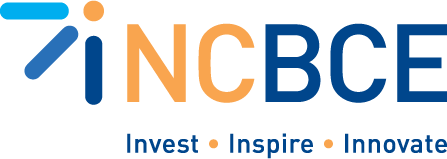Districts/schools in the Installation Phase of a help desk program have not yet begun program implementation but engage in more deeply defining and designing the key program components. This could include identifying desired student learning outcomes, processes for recruiting and selecting students and teachers for the help desk program, determining how the help desk integrates with the school’s or district’s existing support service model, and identifying major goals and objectives for help desk implementation.
Here schools and districts can walk through the NC Help Desk curated resources to find templates for help desk processes and peruse student learning pathways, competencies, courses, and curriculum.
Key Steps
Identify Goals
Each organization seeking to integrate a student help desk, must first identify major goals for the program. While goals will vary by institution, this research uncovered the following common goals in existing help desk models within North Carolina and across the U.S.:
- Meet the Support needs of the School or District: Student Tech Teams meet a real need in the school or district for service support. Over the past decade, most districts have significantly increased the amount of technology accessible to staff and students and technology service personnel staffing is often lower than what is needed to meet the ever growing support needs of the learning community.
- Provide Students with Valuable Real-World Skills: Help desks must build students’ capacity in essential and valuable skills that will provide them with educational and professional opportunities after high-school graduation. Student help desk programs should strive to incorporate the Six North Carolina Essential Employability Skills: Communication, Ethics, Problem-Solving, Professionalism, Resource Management, and Teamwork.
- Provide Opportunities to Earn Credentials that Translate to Careers: Given the high and ever-growing demand for technology service professionals, help desk programs should also integrate industry certifications that students earn and apply in their careers beyond K-12.
Design Service Model
Help desks in schools and districts range greatly in scope and services provided to their communities. Understanding the existing service portfolio and model (or creating them if they do not exist) is an important first step to determining where and how student help is integrated. Below are sample templates, policies, and procedures for building out a service portfolio and response model for a help desk. The next section builds on this model to demonstrate how student learning can integrate with help desk services.
Technology Service Portfolio and related Policies and Procedures
The work of the student help desk begins with the school or district’s service portfolio. Here resources are provided to help you adapt your existing service portfolio or create a new portfolio if none exists. This is a critical first step to define the help desk policies and scope and determine whether, what, and how help desk students will provide support services for the district’s technology assets. The following guide will help you get started:
Student Help Desk – Service Portfolio Set up Guide
Service Model
Once the implementation team has determined how students will support various technologies it will be important to build a Service Model. Starting at the top of the figure below and moving clockwise, you see a model for processing a service request. Click on each step in the model for more detailed procedural steps.
